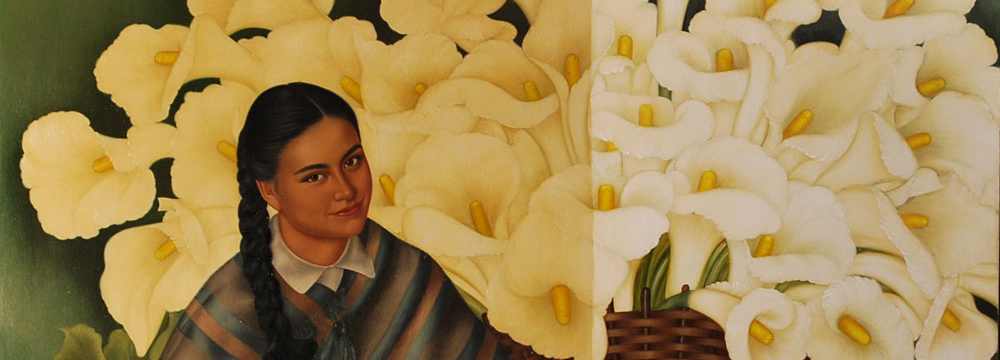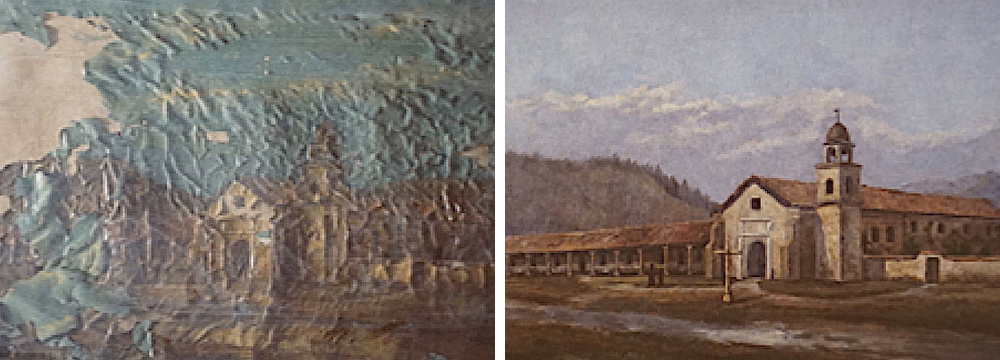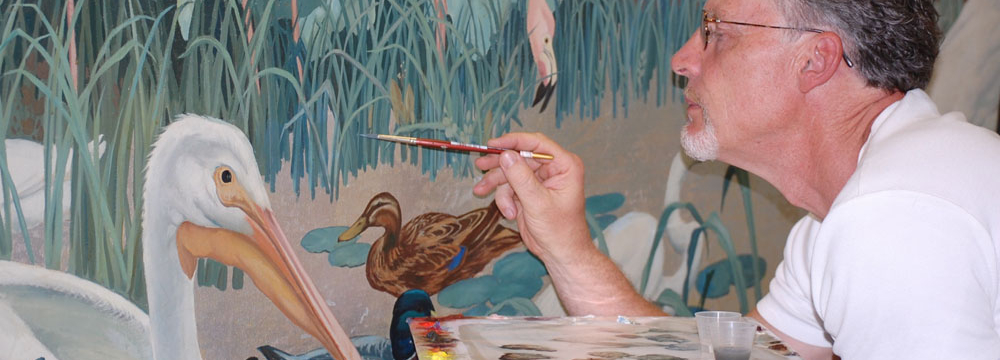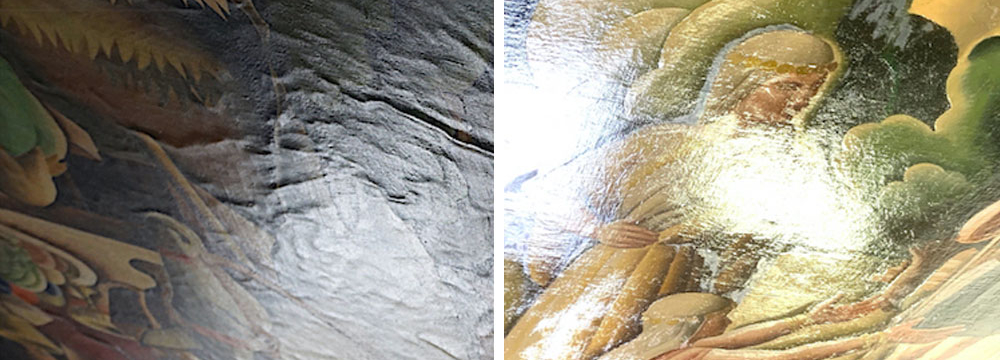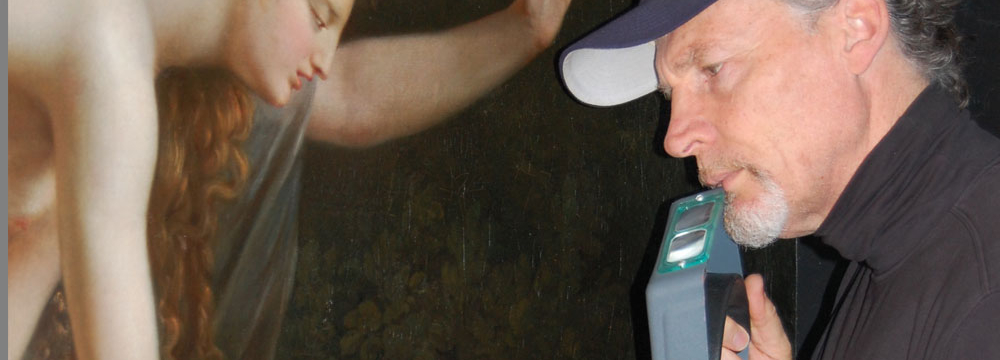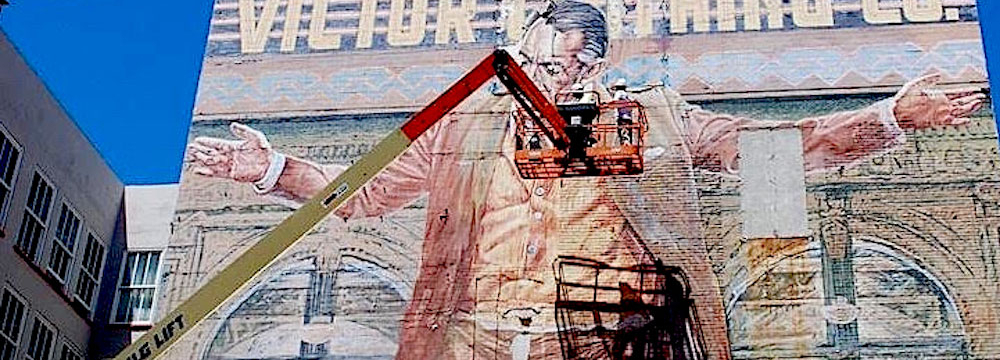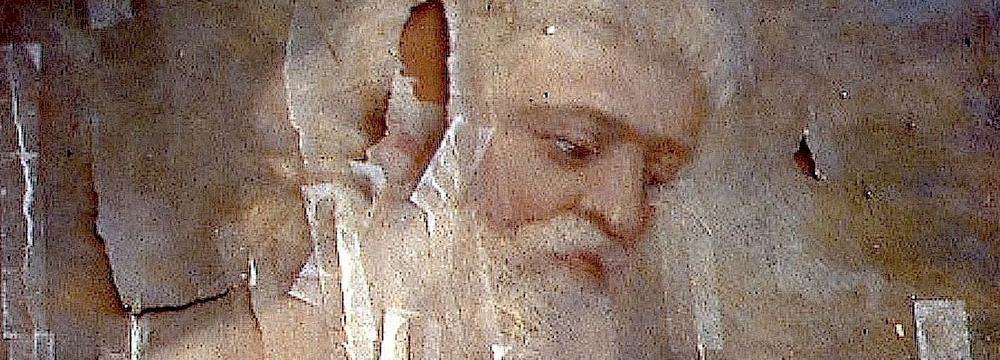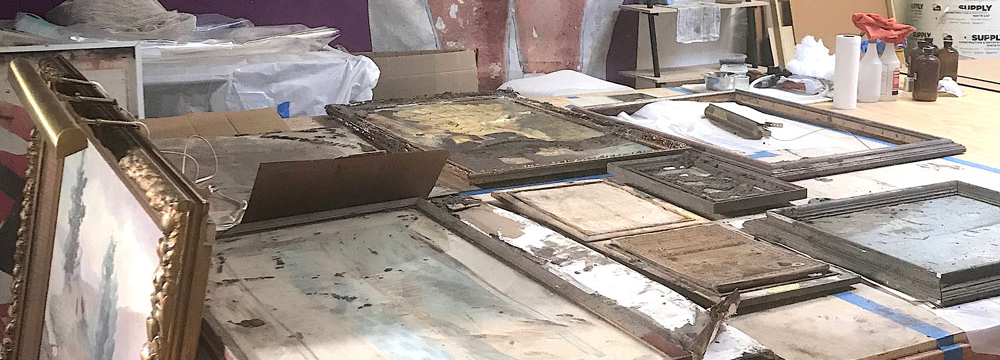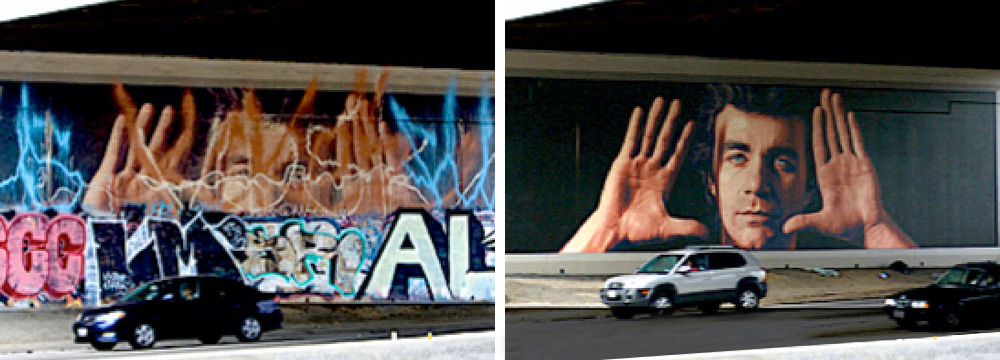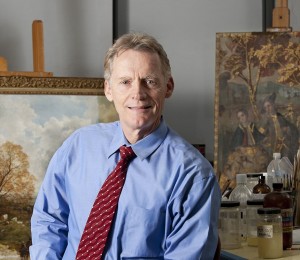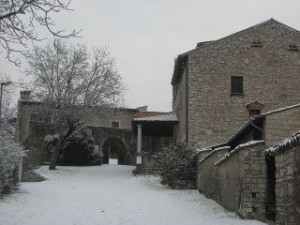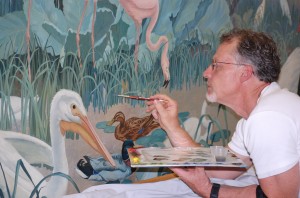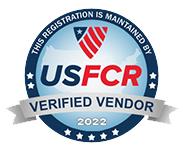Scott M. Haskins
I’m often asked, “How or why did you get into art conservation?”
As a kid growing up, I was always interested in science and the arts. That stayed with me through college. When I was about to get my bachelor’s degree, my art history program chair asked me if I had ever considered art conservation for graduate work. I had never even heard of it. Turns out, it was the perfect marriage of my two main interests: The application of science to the preservation and restoration of art.
My Formal Training
Most industrialized nations of the world have formal art conservation programs (I’m not talking about private restoration schools, trade schools or apprentice programs) where something comparable to a Masters Degree in the US can be obtained. The waiting lists to get into these university or government programs are usually long and reapplication is required for years. But, the stars aligned and I was admitted after my first application to the conservation center in Lombardy, Italy – a satellite program affiliated with the National Center in Rome (ICR).
The first week of classes, I was on scaffolding looking and getting instruction for working on an affresco dated 1365. With a big smile I pinched myself and said, “This is great!” I appreciated the experience knowing that other art conservation students around the world were going to have limited hands on experience, especially the first year. And here I was, already in the thick of things from the “get go.” I was not disappointed with my choice over the years. During my three year program, I worked on numerous Renaissance to Baroque affrescos in ancient abbeys, libraries and churches. I also worked on many small and very large canvases. We worked on site and in the state of the art laboratories of the conservation center.
I got instruction from seasoned professionals who had worked around the world on UNESCO projects (on murals in temples in Burma and in the tombs of Egypt) and who were well informed on international current standards of practice, and techniques especially after working with the international community in response to the devastating Florence Flood of 1966 (9 years earlier). Our professors and teachers came up from Rome and we went to Rome often to interact with the Istituto Centrale Del Restauro.
I graduated from the formal Italian government 3 year painting/mural conservation and restoration program in 1978.
As you can see, art conservation and restoration has specializations in the profession. I work on paintings; Paintings on walls (murals), paintings on canvas (easel paintings) and art on paper. I don’t work on books, furniture, stained glass windows, old cowboy boots, antique cars, ancient documents, mummies… just paintings.
From this point of the story onward, I’ll let you scroll through the background info in the navigation bar under the header photos. Also, here are a couple of newspaper articles:
For a feature article in the Life Section of the Santa Barbara News-Press go to https://www.fineartconservationlab.com/media-room/art-restorerconservator-scott-m-haskins-featured-in-life-section-of-newspaper/
Article in New York City about mural conservation is Los Angeles https://www.artsy.net/article/artsy-editorial-meet-the-man-saving-l-a-s-street-art-one-mural-at-a-time
